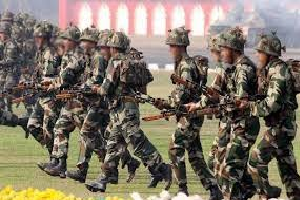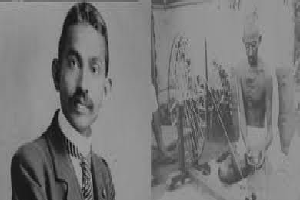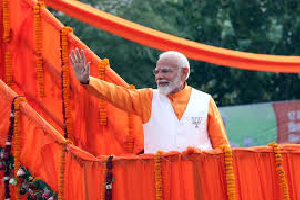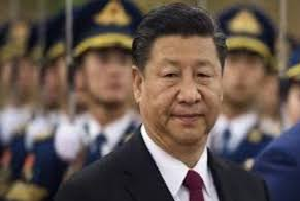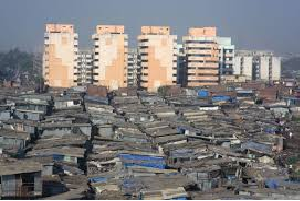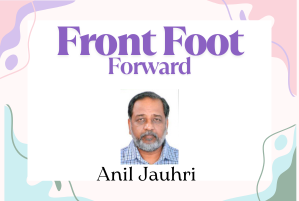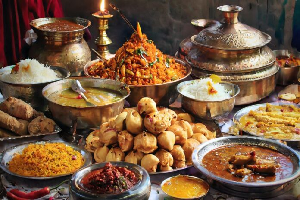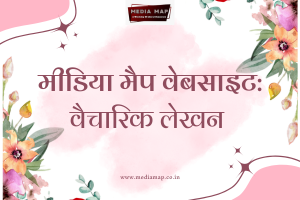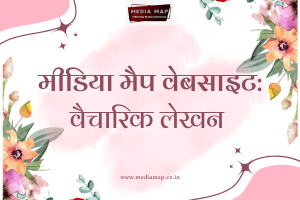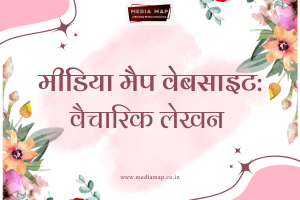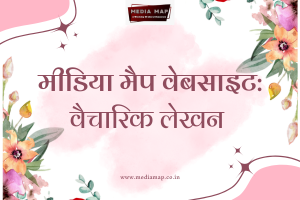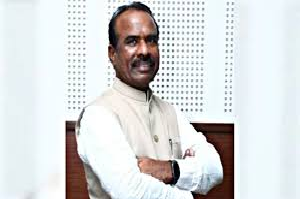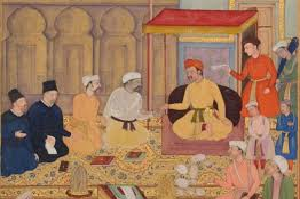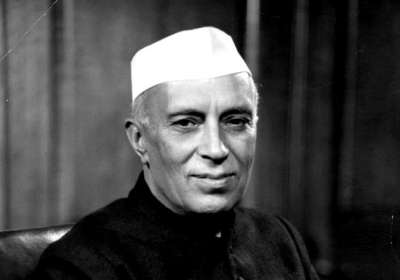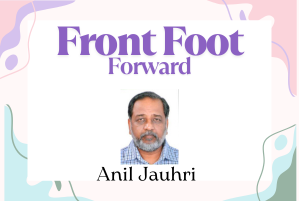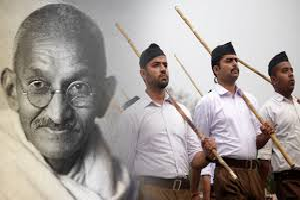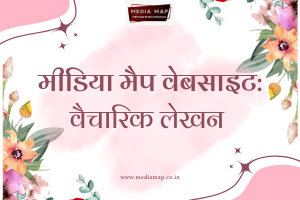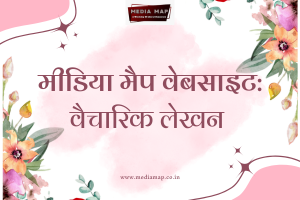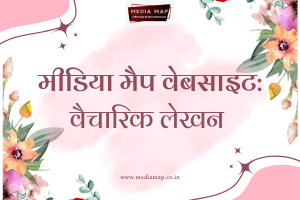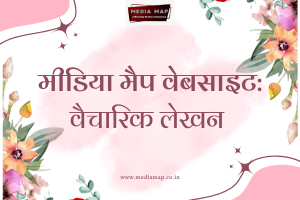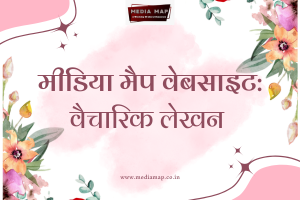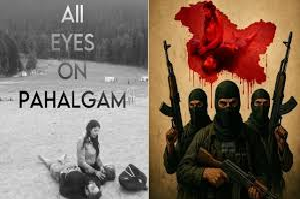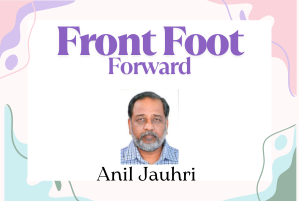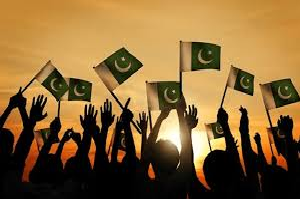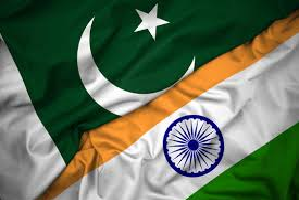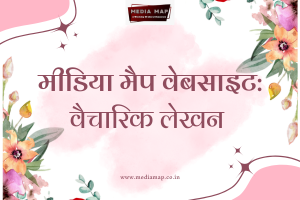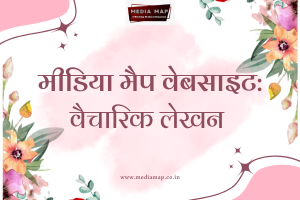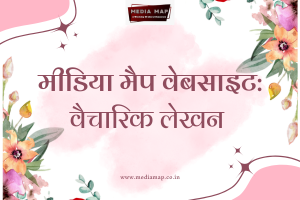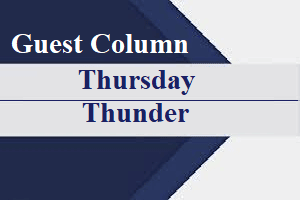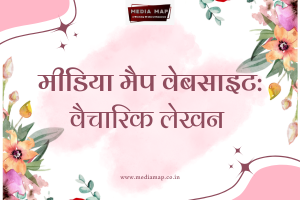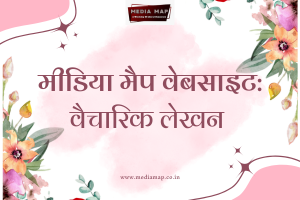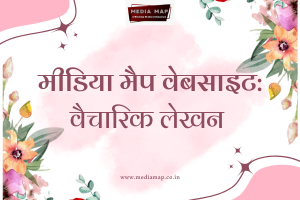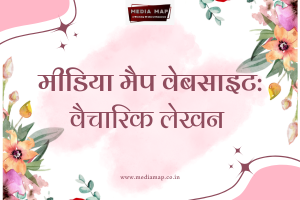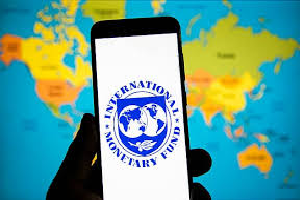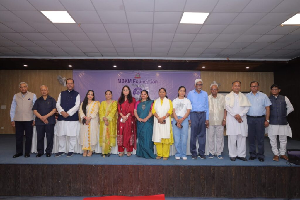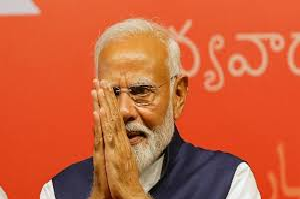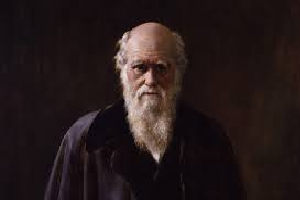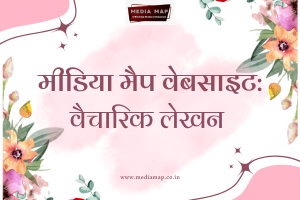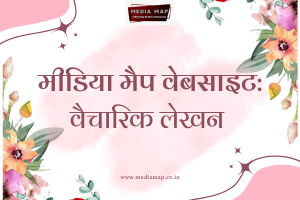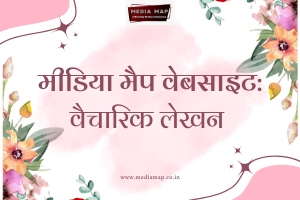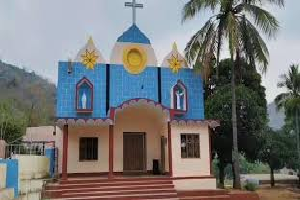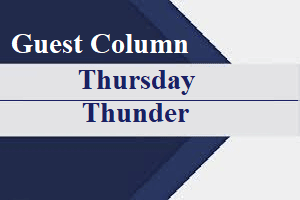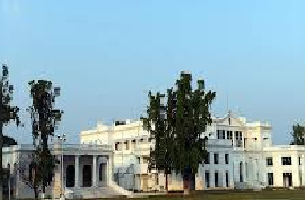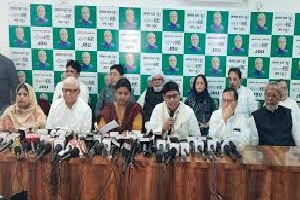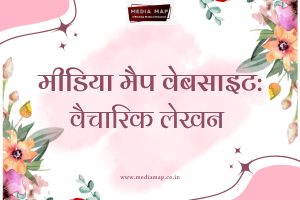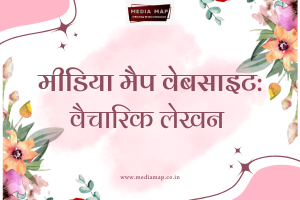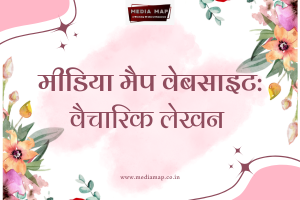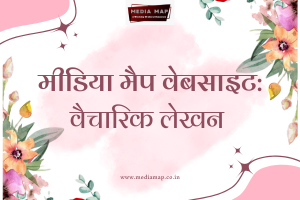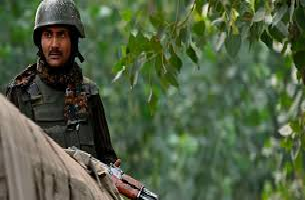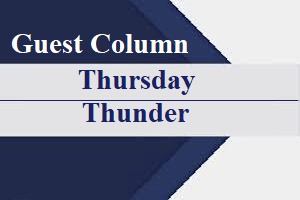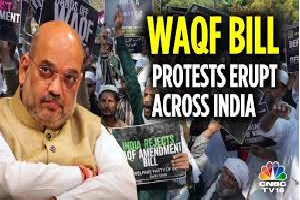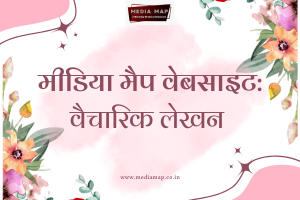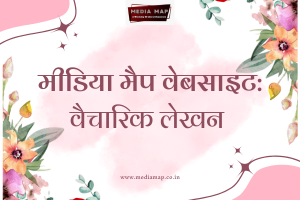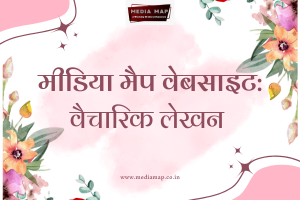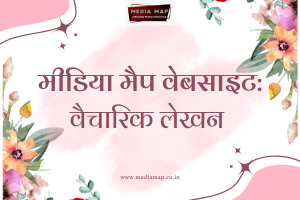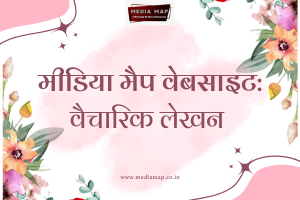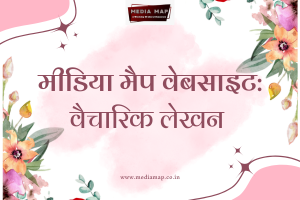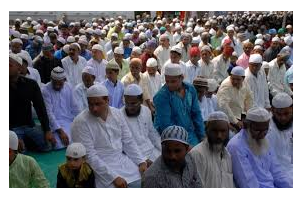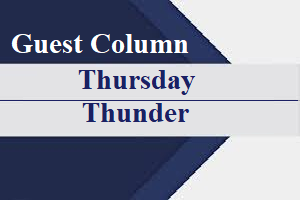19

Arshad Shaikh
New Delhi | Thursday | 19 September 2024
Two recent events have sparked widespread debate among politicians, intellectuals, legal experts, and the public in India: Prime Minister Narendra Modi's visit to Chief Justice of India (CJI) D.Y. Chandrachud's residence for a Ganapati Puja and the attendance of around 30 retired high court and Supreme Court judges at a function organized by the Vishwa Hindu Parishad (VHP).
While PM Modi’s presence at the CJI’s residence drew significant media attention and criticism from legal experts, the participation of retired judges in the VHP event went largely unnoticed, receiving only standard media coverage. Among the notable retired judges who attended the VHP function were former Supreme Court justices Adarsh Kumar Goel and Hemant Gupta.
The VHP event, held on September 8, is particularly noteworthy due to the sensitive topics discussed, such as religious conversions and the ongoing legal battles over the Varanasi and Mathura mosques, which some Hindu groups claim were originally temples. These two mosques are currently entangled in litigation initiated by Hindu parties seeking their conversion into temples.
Justice Hemant Gupta, who retired from the Supreme Court in 2022, confirmed his attendance at the event but clarified that he did not speak. He emphasized that, as a private citizen, he has the right to attend lawful gatherings. Justice Goel, who had recently served as the chairperson of the National Green Tribunal, also attended. Other prominent attendees included Law Minister Arjun Ram Meghwal and VHP President Alok Kumar.
Critics argue that these events could influence judicial decisions and erode public confidence. The VHP event, where sensitive topics like religious conversions and mosque disputes were discussed, has also raised ethical questions about the neutrality of the judiciary.
The reactions to these events have been sharp, with many voicing disapproval and concern about the impact on the separation of powers and public perception of the judiciary.
Critics argue that both events hold the potential to influence judicial independence and public trust in the judiciary. The primary concern surrounding PM Modi's visit to the CJI’s residence is whether the Prime Minister was invited or whether he chose to visit unannounced. Even if invited, many believe it was inappropriate for the Prime Minister to attend a private religious function hosted by the head of the judiciary, given the ongoing cases involving the government in various courts, including the Supreme Court. The concern is that such interactions between the executive and the judiciary could erode public confidence and give the appearance of undue influence.
On the other hand, the retired judges’ presence at a VHP event, where controversial issues such as the legal status of mosques were discussed, also raises ethical questions. While attending a discussion on judicial reforms is within their rights, their participation in discussions surrounding ongoing legal disputes is problematic. Critics argue that their attendance, alongside that of the Law Minister, undermines the neutrality of the judiciary and can impact public perception of the legal process, especially in sensitive cases like the mosque disputes.
The reactions to these events have been sharp and varied. Political leaders from opposition parties, as well as former judges and legal experts, have voiced their disapproval. Former Chief Justice of India, R.M. Lodha, commented on the Prime Minister's visit, noting that the constitutional separation of powers mandates a certain distance between the executive and judiciary. While such meetings may not directly affect judicial decisions, they undoubtedly impact public perception of judicial impartiality.
Rajya Sabha MP and Supreme Court Bar Association President, Kapil Sibal, expressed stronger criticism, stating that the Prime Minister’s visit to a private religious event at the CJI’s residence was inappropriate and sent the wrong signal. According to Sibal, such actions blur the lines between the judiciary and executive, potentially undermining public trust in the judicial system.
Retired Chief Justice of the Allahabad High Court, Govind Mathur, shared similar concerns, suggesting that while the visit may not influence the CJI’s judgments, it could tarnish his image and affect public confidence in the judiciary. The visit, he argued, sends a potentially damaging message.
Shiv Sena (UBT) leader Sanjay Raut also weighed in, questioning whether impartial justice could be expected from the judiciary in politically sensitive cases after such an event. RJD MP Manoj Jha pointed out the highly personal nature of religious functions and expressed discomfort with the presence of cameras during the Ganapati Puja, which he believed sent a troubling message.
In a critical opinion piece in *The Indian Express*, senior advocate and legal activist Indira Jaising raised further concerns. She pointed out the constitutional oath taken by the CJI, which requires allegiance to secularism, a basic feature of the Constitution. Jaising questioned whether the public display of religious faith by two of the highest constitutional functionaries breached this oath. She cited the S.R. Bommai case, where the Supreme Court had ruled that the state should not espouse or promote any religion. According to Jaising, while the CJI and Prime Minister are free to practice their religion privately, the public display of their faith could compromise the judiciary’s secular image and public confidence in its impartiality.
Jaising further noted that this was the first known instance of a sitting CJI inviting a sitting Prime Minister to a religious event, raising concerns about the impact of such actions on the separation of powers. She also questioned whether non-Hindu litigants could expect impartial justice after such a public display of Hindu rituals and symbols by the judiciary’s top figure.
Journalist Ravish Kumar, in his YouTube vlog, reflected on the broader implications of Prime Minister Modi’s visit. He emphasized the confusion and uncertainty surrounding the event and criticized the video footage that documented the visit, suggesting that it was carefully orchestrated to convey a specific message. According to Kumar, this incident could erode the perceived neutrality of the judiciary, much like a river slowly wearing away its banks.
Kumar also pointed out that this is not the first time the CJI has participated in public religious displays, referencing his visit to the Dwarkadhish Temple earlier in the year. He questioned the symbolic implications of such actions for the judiciary’s independence and the separation of powers.
Both events, though different in nature, have raised significant concerns about the intersection of religion, politics, and the judiciary in India. As the nation watches these developments unfold, the questions they raise will likely continue to spark debate on the integrity and independence of the judiciary.
--------------------------


